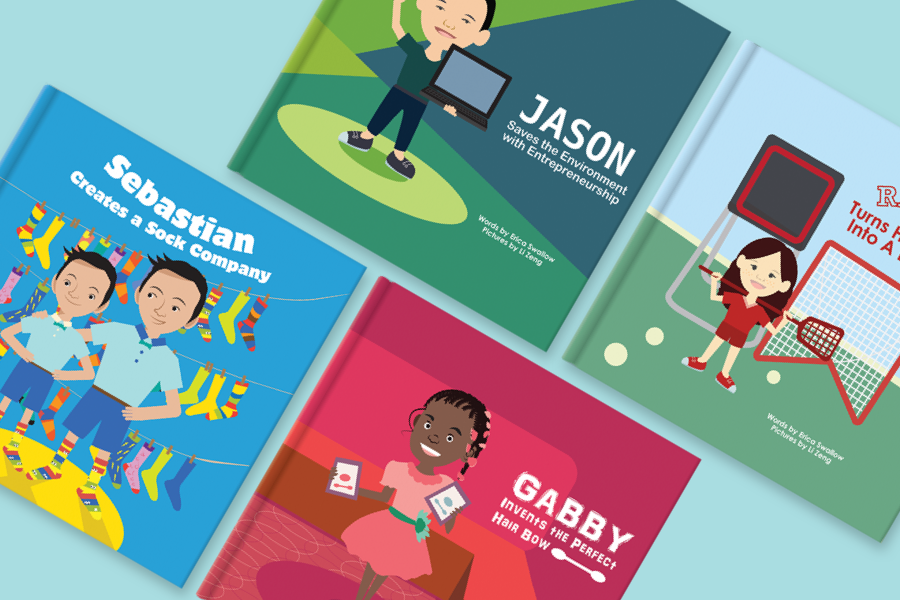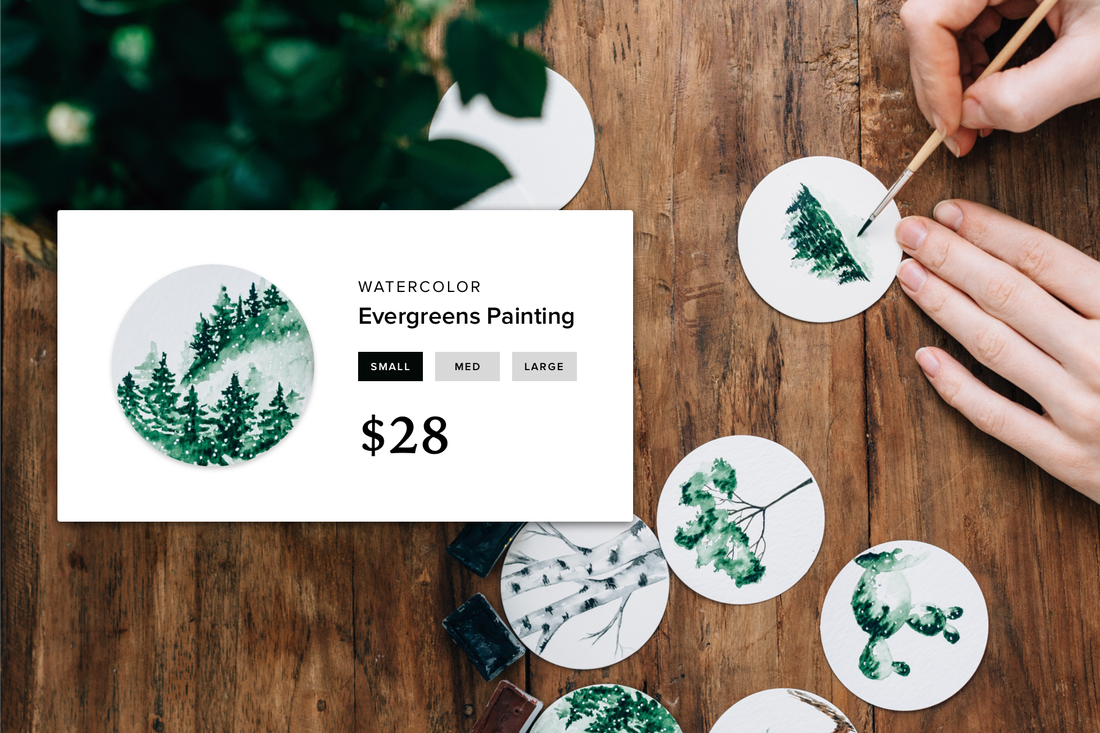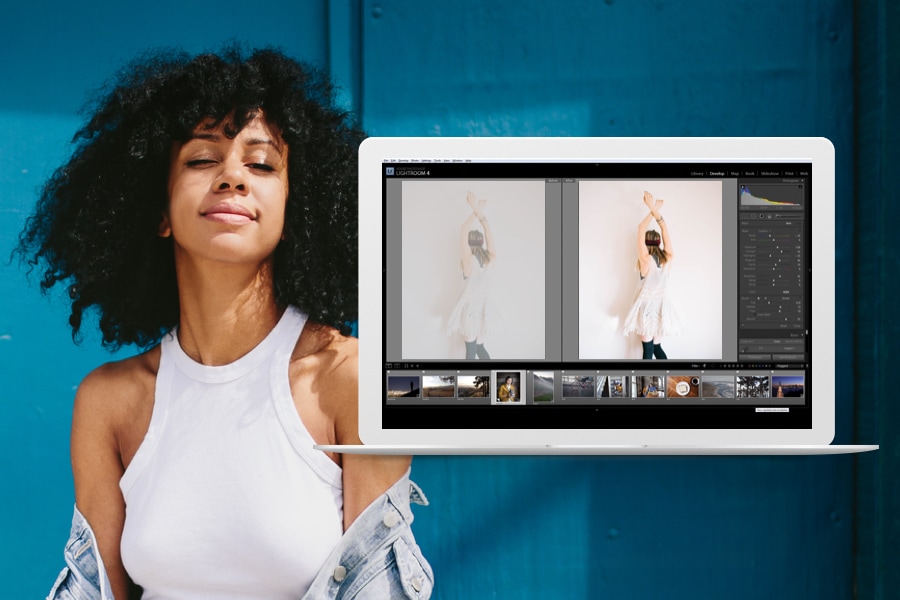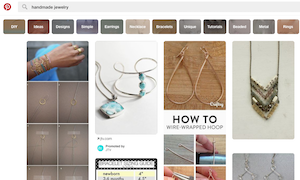Whether you are an established designer or aspiring fashion entrepreneur, properly communicating your design ideas is crucial to the outcome of your product. You have your product idea, what next? Do you start meeting with factories? Do you hire a consultant? How does product development work? What does it take to produce in America?
These are common questions that might follow your decision to create your product. There are thousands of businesses out there that can help you, but here are the two main types that will help you get from idea to product.
Consultant/Development Team
This team or individual is responsible for getting your design production-ready. They will help you work out the details of your design before you order your production runs. Consultants usually work independently while development teams can be found as a part of a factory or independently.
Here’s what you need to communicate your design vision to a development team:
Here’s what you need to communicate your design vision to a development team:
- Fit reference garments - Fit is important for apparel products. Bring in a garment that has the same fit you want your product to have.
- Drawings - Bring rough or technical sketches of your design.
- Fabrics - Know what type of fabric you want to use, what blend of fabric might be best, and if you need more than one type. This does not require you to buy your fabric in advance, but instead to do research.
- Trim (buttons and zippers) - Don’t wait until the last minute to think of the finishing details. Know the trims you want to include on the garment and where you will place them.
Manufacturer
These production experts will materialize your designs. If you are ready to jump into production, here is what you’ll need to bring to get it done:
- Tech pack - This informative sheet communicates all the necessary components needed to construct a product to the manufacturer. It includes measurements, materials, colors, trim, hardware, grading, labels, tags, etc in order to eliminate errors.
- Sample/prototype - We’ve heard this go by a variety of names, but essentially this is the final sample that perfectly embodies your design. This should also be the physical representation of the tech pack.
- Materials - Bring the proper supply of fabric and trims for your desired production run.
Reaching Out
So now that you have all the information needed, it’s time to reach out. True, factories are busy. But, more often than not, they will not respond to new entrepreneurs that convey themselves as “green” and uninformed about the process of getting a product made. So here are 3 messaging tips to help you sound like a seasoned professional.
Include visual reference - A photo of your sample, a sketch, or a link to a similar competitor’s product will help the factory get a clear idea of what you are making. Sometimes interpreting a written description is tough and not as clearer on paper as it may be in your mind.
Shorter is better - Emails should be 1-2 paragraphs in length and include only key information: what you’re making, your desired production quantity, your budget, and any deadlines. Feel free to also include ‘must have’ requirements, such as special machinery needed for your production.
Put the ball back in their court - Don’t provide every detail. Instead ask the factory what information they need from you in order to move forward. Most suppliers have a specific list of questions/items they request from each potential client in order to provide pricing and lead times.
Here’s an example:
Hi [Factory Name],
My name is Sara and I’m creating a line of dog collars in 3 sizes (small, medium, large). A photo of a sample collar is attached to this email. I plan on using leather as the main material, and will be launching with 3 styles, each a different dye of the leather.
Does this item fall within your capabilities? If so, what information do you need from me in order to provide pricing and minimums?
Thanks so much!
Sara
Now you’re ready to find manufacturers and consultants. Equipped with these tips and template, it’s time to take your product idea to the right partners. Join Maker’s Row with this exclusive code WEEBLY and search our 11,000 U.S. manufacturers.
Include visual reference - A photo of your sample, a sketch, or a link to a similar competitor’s product will help the factory get a clear idea of what you are making. Sometimes interpreting a written description is tough and not as clearer on paper as it may be in your mind.
Shorter is better - Emails should be 1-2 paragraphs in length and include only key information: what you’re making, your desired production quantity, your budget, and any deadlines. Feel free to also include ‘must have’ requirements, such as special machinery needed for your production.
Put the ball back in their court - Don’t provide every detail. Instead ask the factory what information they need from you in order to move forward. Most suppliers have a specific list of questions/items they request from each potential client in order to provide pricing and lead times.
Here’s an example:
Hi [Factory Name],
My name is Sara and I’m creating a line of dog collars in 3 sizes (small, medium, large). A photo of a sample collar is attached to this email. I plan on using leather as the main material, and will be launching with 3 styles, each a different dye of the leather.
Does this item fall within your capabilities? If so, what information do you need from me in order to provide pricing and minimums?
Thanks so much!
Sara
Now you’re ready to find manufacturers and consultants. Equipped with these tips and template, it’s time to take your product idea to the right partners. Join Maker’s Row with this exclusive code WEEBLY and search our 11,000 U.S. manufacturers.
 Shetara Edden Shetara is Marketing Manager at Maker’s Row, whose mission is to make the manufacturing process simple to understand and easy to access.
Shetara Edden Shetara is Marketing Manager at Maker’s Row, whose mission is to make the manufacturing process simple to understand and easy to access.





